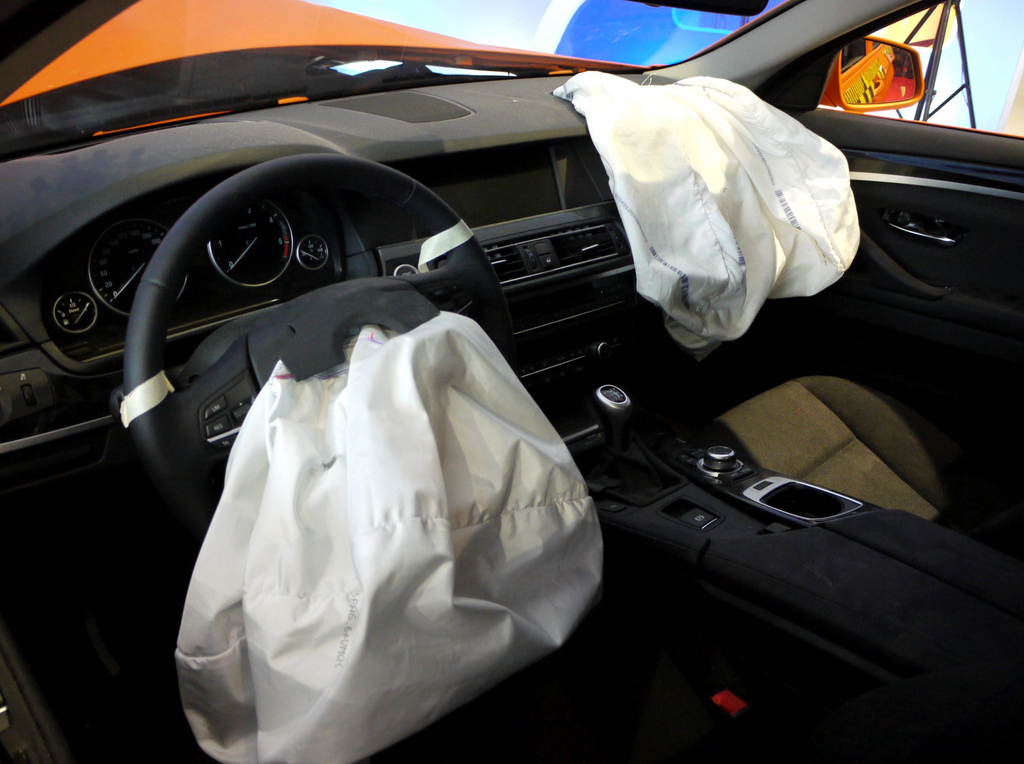Meet the MIT Alumnus Who Helped Make Airbags a Reality
-
-
slice.mit.edu
- 1
Filed Under
Recommended
 Image courtesty of Mic via Flickr.
Image courtesty of Mic via Flickr.
The airbag, first conceived in the 1940s, finally became a reality more than 30 years later thanks to David Breed. The ball-in-tube sensor for crash detection, which he developed at MIT, was a key component.
When he arrived on campus, Breed had a very specific goal in mind. His older brother was working on military projects including a mortar fuse, and Breed wanted to get involved.
“I looked at his design and I said to myself, ‘I think there’s a better way,’” he recalls. “For my thesis at MIT, I started working on redesigning the fuse, which used the same principle that went into the airbag crash sensors.”
After Breed completed MIT degrees in mechanical engineering and management, he and his brother formed Breed Corporation. They started working on military devices, making fuses for rockets and bombs, and eventually they translated the technology into a car crash sensor. After a decade of development and marketing, they won a contract with Ford in the early 1980s to produce airbags using their sensor design. Soon their technology was used in 90 percent of automotive airbags—and it still is.

Breed, who earned a doctorate in mechanical engineering from Columbia in 1972, has continued to improve on various aspects of the airbag system, adding side curtain airbags and side impact protection as well as altering the airbag inflation mechanism to reduce the risk of accidental injuries.
In 1998, he left the Breed Corporation and founded Automotive Technologies International (ATI), which he still leads. His company’s latest airbag design, he says, uses a different technology—one that stops inflating the moment it comes in contact with an object, eliminating the risk of injury. It is also made of a stronger, cheaper, and much more compact material. He has always been motivated by “just solving problems,” Breed says. “That’s what engineers are supposed to do.”
ATI is working on projects including a new car wiring method that will eliminate 80 percent of the wires, a mapping project with the Chinese government, and an eyeglass product similar to Google Glass with retina identification. He has nearly 500 pending and granted U.S. patents and was honored with the U.S. Department of Transportation’s award for excellence in safety engineering.
Breed and his wife, Ria, stay active with tennis, swimming, hiking, skiing, and whitewater canoeing. They enjoy spending time in New Jersey, South Beach, and Lake Michigan, and with their kids,Genevieve, Christian, and Ryan.
This article originally appeared in the September/October issue of MIT Technology Review magazine.








Comments
Tom
Mon, 11/02/2015 10:17am
Great article about a real engineer